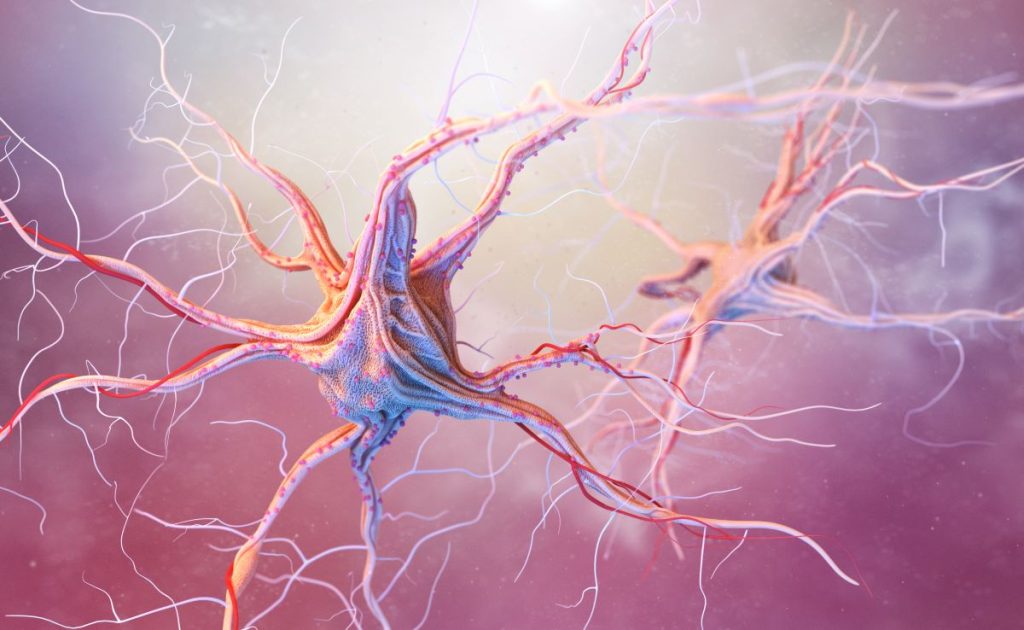A simple guide to why your body feels the way it does—and what we can do about it
When we start exploring your nervous system together, we’re not just diving into science—we’re looking at your life story. Your nervous system is the part of you that quietly keeps track of everything you’ve been through – the big, overwhelming events and the smaller, everyday stresses that impact your sense of safety.
What is nervous system mapping?
Nervous system mapping is a way of making the invisible more visible. It’s a tool we use to understand how your body responds to stress, safety, and everything in between. Think of it like drawing a map of your inner world. No fancy GPS required—just a curious mind, a few scribbled diagrams (don’t judge my marker pen skills!), and a safe space to explore.
The “baseline” – your body’s version of home
I often start by drawing a simple wobbly line and this line represents your baseline. That’s the place where your body feels safe, grounded, and balanced. It’s the nervous system’s happy place, where rest, recovery, and healing can happen. Let’s call it “safety.”
Your nervous system is designed to move away from this line when there’s a threat (real or perceived) and then come back once the danger passes. That’s normal. That’s healthy.
But here’s the twist: we’re not born knowing how to self-regulate. We learn that through connection with others, starting from infancy.
It begins early…
As babies, the only tool at our disposal was to cry when we had a need. If someone responded: fed us, held us, soothed us, we returned to that baseline of safety. But as we grow up, we start getting very different messages.
- “Don’t cry.”
- “Be good.”
- “Wait until break time.”
- “Hold it together.”
Without realising it, we’re taught to override our body’s signals. And sometimes, in our families or schools, certain emotions weren’t welcomed at all. Maybe anger felt dangerous. Maybe sadness was seen as weakness. Maybe love felt like something you had to earn.
So we adapt.
Our nervous system, being the brilliant survival machine it is, figures out new ways to cope. We might become high-achievers, perfectionists, or what is commonly thought of as ‘people-pleasers’. These patterns often helped us feel physiologically and emotionally safe or at least accepted.
But over time, these survival strategies can leave us stuck in stress responses like fight, flight, or freeze. We might feel busy, productive, in control, but underneath, the body is still running in survival mode.
And it’s exhausting.
What we do in nervous system mapping
In our sessions, we gently start to explore:
- How your past experiences might be shaping your body’s responses now.
- What patterns (thoughts, emotions, physical sensations) are keeping your system stuck.
- How we can start guiding your body back to that place of safety and balance.
This isn’t about blame. It’s about understanding your unique nervous system, how it adapted, and how it might be asking for support now.
Co-regulation: safety in connection
One important piece of the puzzle is co-regulation. Our nervous systems don’t learn to feel safe in isolation, they learn safety through connection.
So, when someone says, “You can rest now, I’ve got you,” and means it, your body hears:
“You’re safe. You’re cared for. You can exhale.”
That kind of nervous system-to-nervous system support is incredibly healing, and it’s something we often build together in therapy.
Your symptoms are signals
Many people come to me with symptoms like:
- Fatigue
- Brain fog
- Dizziness
- Pain
- Anxiety, numbness or shutdown
Rather than treating these symptoms as random or broken, we explore them as signals; messages from your body that it’s in overdrive or overwhelm. When we understand what the nervous system is trying to tell us, we can start responding in ways that gently, carefully and compassionately support it.
So what’s the point of nervous system mapping?
It’s not about getting it “right” or fixing yourself. It’s about:
- Understanding how your body works.
- Making sense of why you feel the way you do.
- Learning tools to support your recovery and resilience.
This map becomes your guide, not to perfection, but to awareness, more clarity, compassion, and calm.



